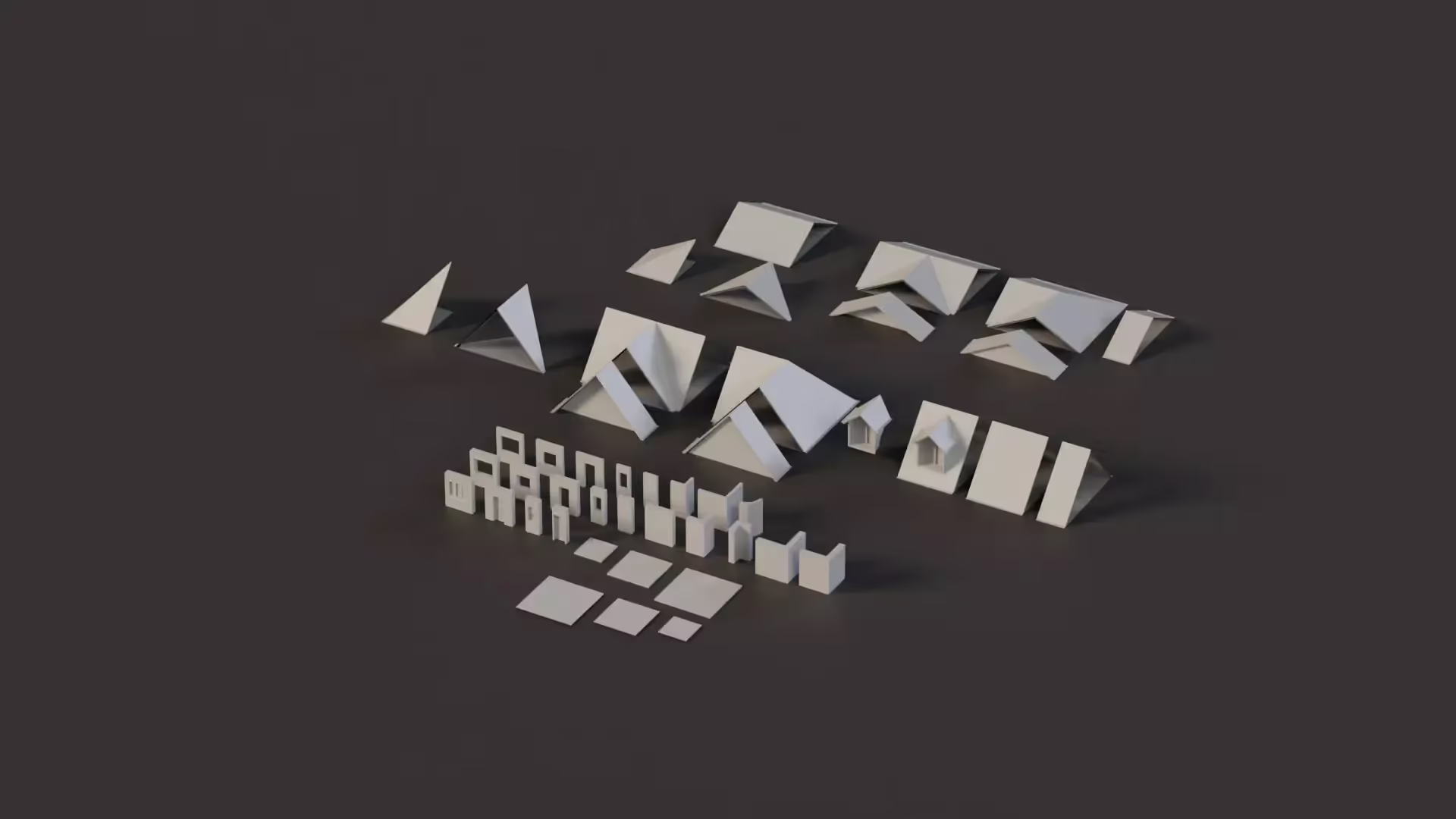How to write a Game Design Document
Ideas birth innovations. It is essential to put your ideas down during game development. That’s where the Game Design Document (GDD) comes in. With a GDD, your ideas can be easily communicated.
In this article, you will learn all you need to know on crafting a good Game Design Document.
What is a game design document?
A Game Design Document, or GDD, is a highly detailed and structured document that communicates the vision and mechanics of a video game. It is used by game developers to keep track of their game’s design, style, mechanics, theme, and the overall progress of the production phase.
The main purpose of a GDD is to communicate your project ideas to yourself, your team members, publishers, as well as third-party users. It is written during the game design phase to guide the developers through the production phase.
Is it important to have a Game Design Document?
As a game developer, you may be wondering if it’s important to have a Game Design Document for your project. It depends on your project, if your project is long-term, and complex, with a large team of developers, you should consider writing a Game Design Document during the game design phase, before production starts. The document will keep the team up to speed during production. However, there can be changes to the document as production goes on.
If your project is short-term and not that complex. Maybe you are a solo developer, but you should still consider writing a Game Design Document as it communicates in detail the concepts and design of your game.
Therefore, it’s a necessity to have a Game Design Document for your game project.
How to make a Game Design Document
The content of a game design document depends on the type of project. It depends on the game and the design style. Here is the format for a typical game design document:
Title Page
This page includes the title of the game, your name or team name, and the version.
Project Description
In this section, you should give a summary of what the game is about, including its genre, setting, and more relevant information about your game. Anyone who reads this section should have a clear understanding of what the game entails. It should be short, not more than a page.
Gameplay Mechanics
This is where you outline the proper mechanics of the game. It should be very detailed, including the interactions among players in the game world. You can add screenshots of your prototype in this section.
Story and Settings
Narrate your game’s story, including the main characters, settings, and themes, not leaving out any significant plot details.
Progression
This is the section where you describe the game’s structure, the different levels in the game, and how they are unlocked.
Art Style
Describe the visual style of your game, including the environment, aesthetics, character design, and other visual effects.
Audio and Music
This section outlines the audio, sound, and music elements of the game.
Technical Specifications
This section outlines the supported platforms, system requirements, and languages used in the game.
Marketing
You should describe your plans for marketing the game, including your target audience and monetization strategies.
Timeline
Provide a timeline for the production phase, including milestones and deliverables. This will keep the development team up to speed.
Other ideas
This would include supplementary materials that may be added to the game design later on.
Conclusion
Remember to keep your GDD clear and concise as it will serve as a useful guide for everyone involved in the game development process. Also, the document can be continuously updated and revised as new ideas are conceptualized.
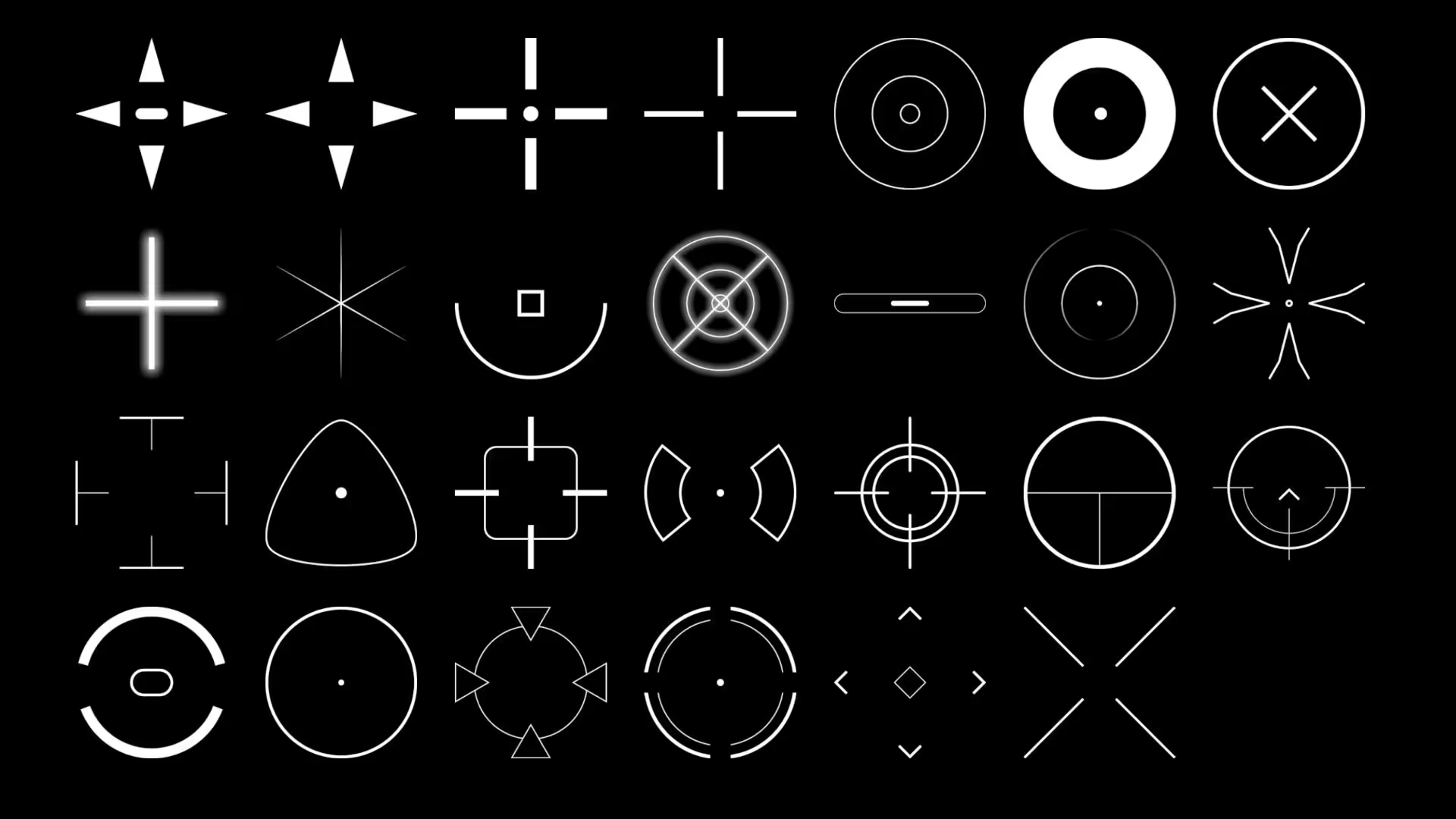


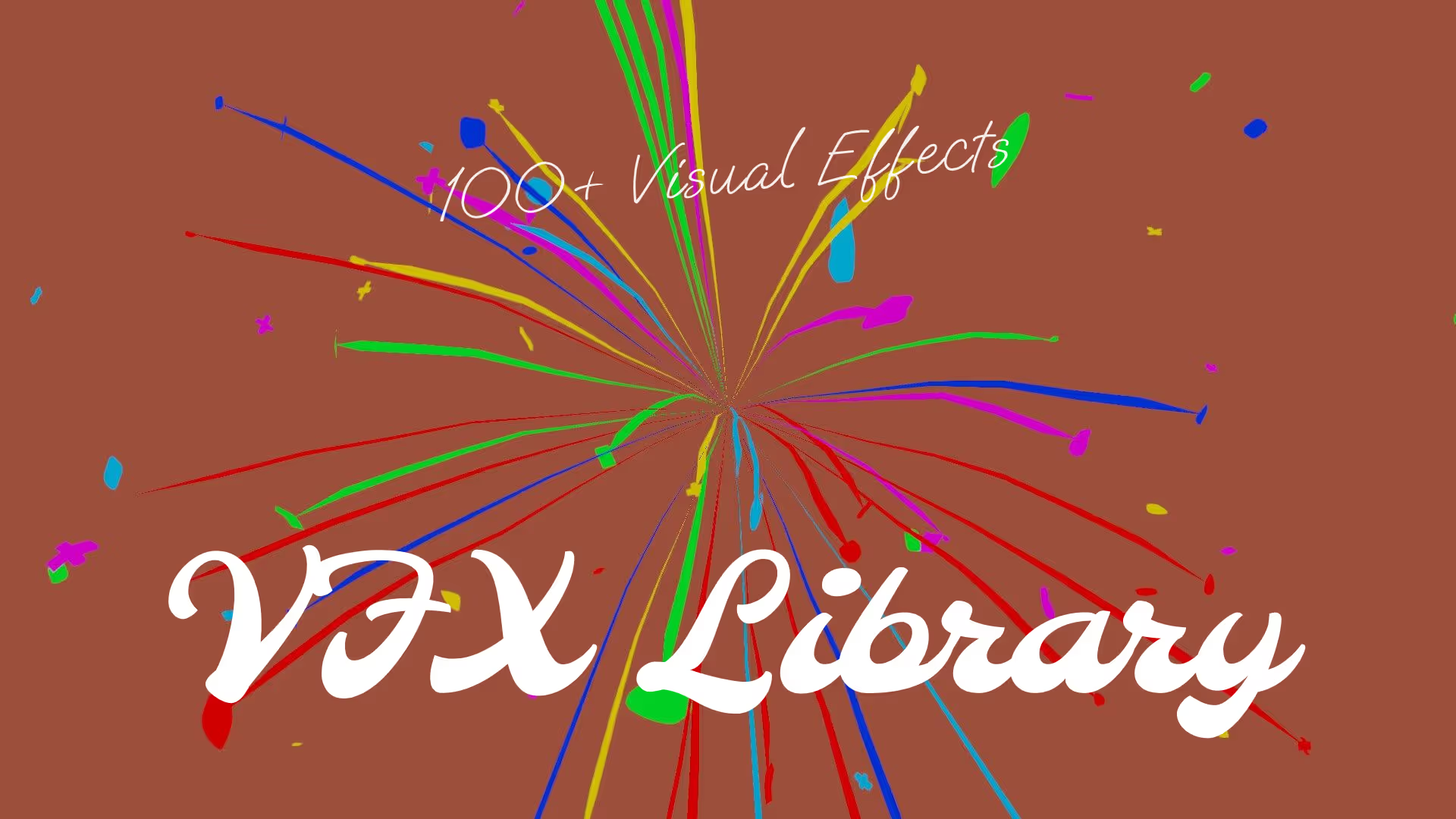


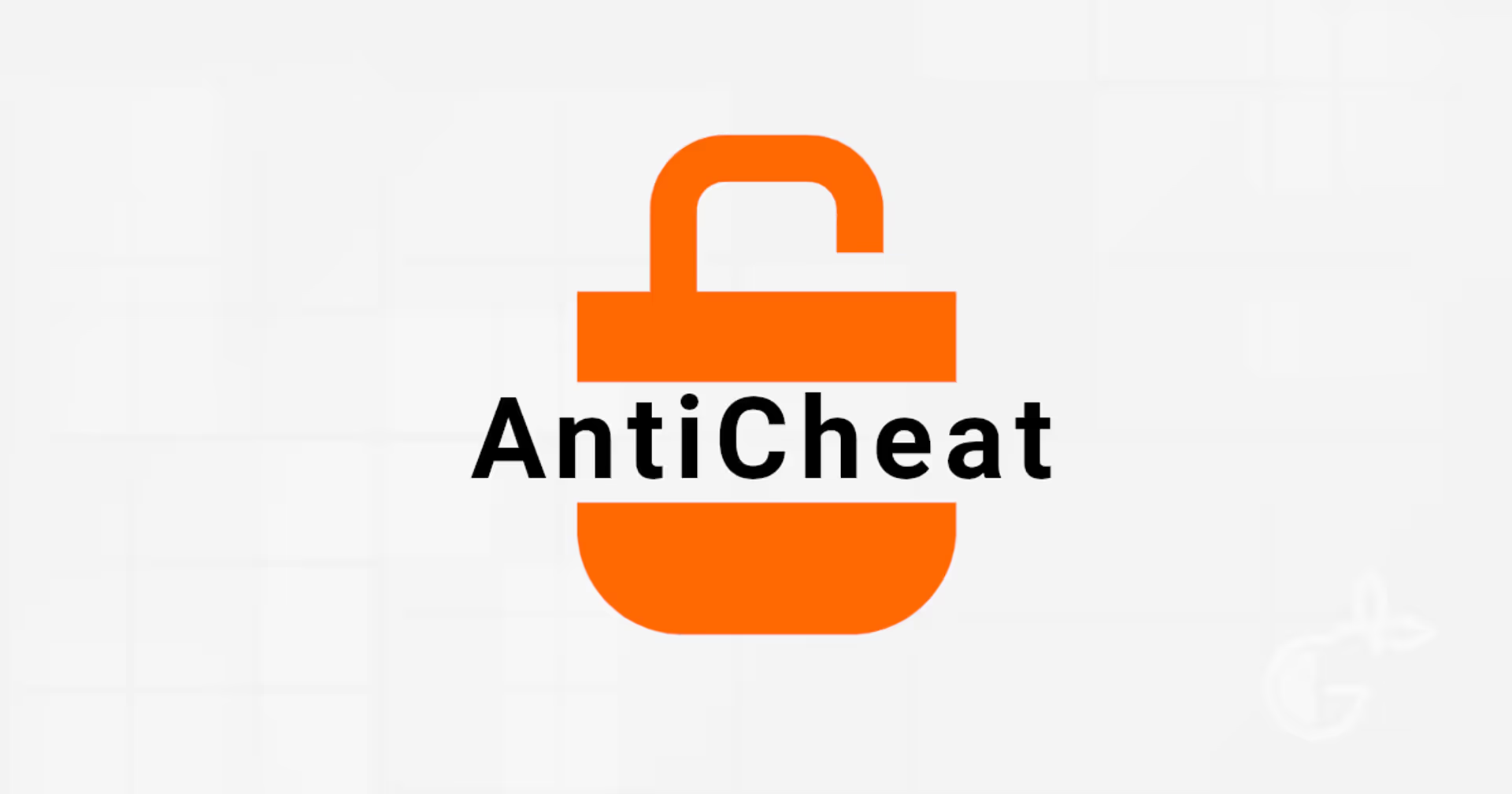

.avif)
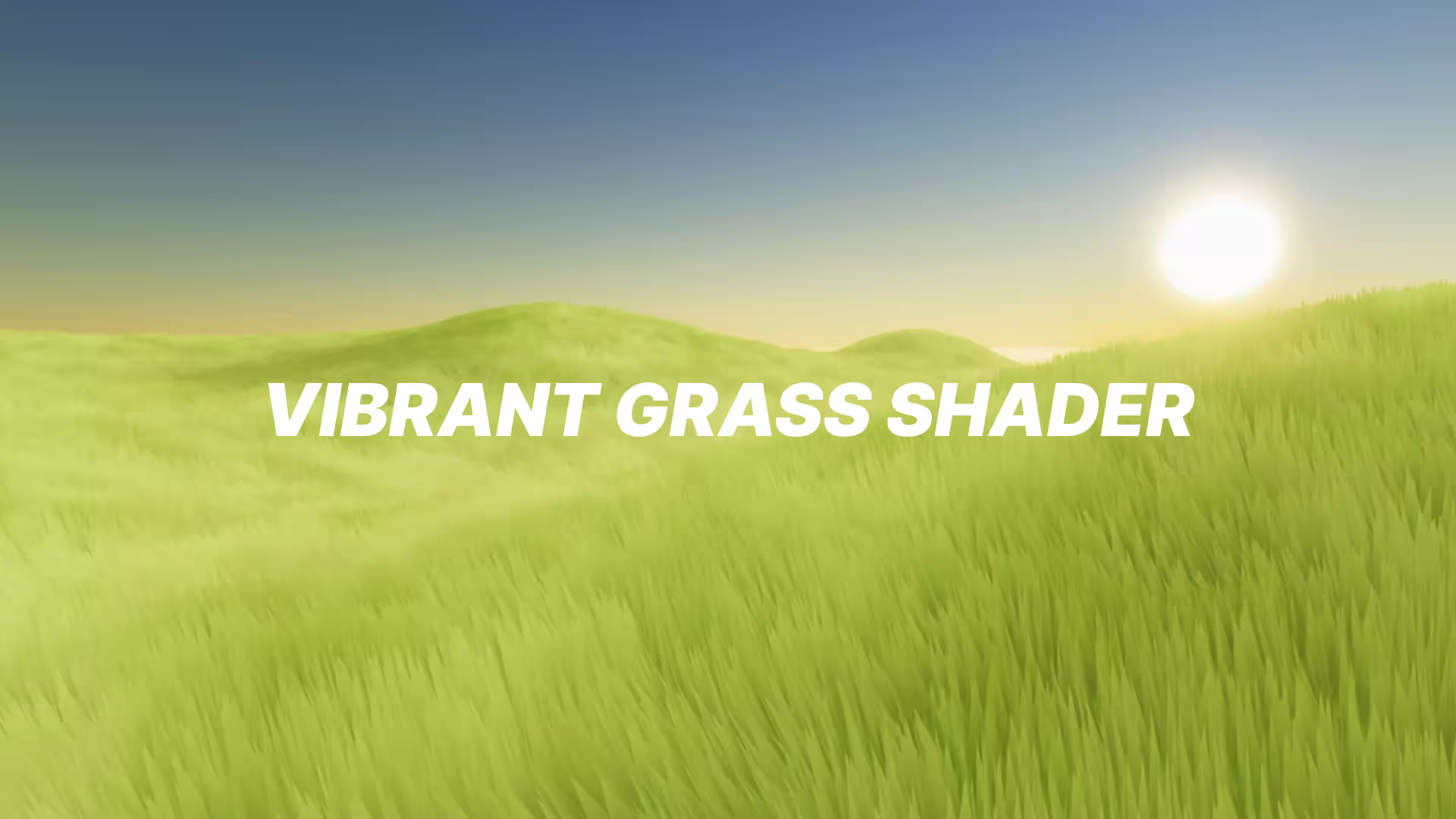
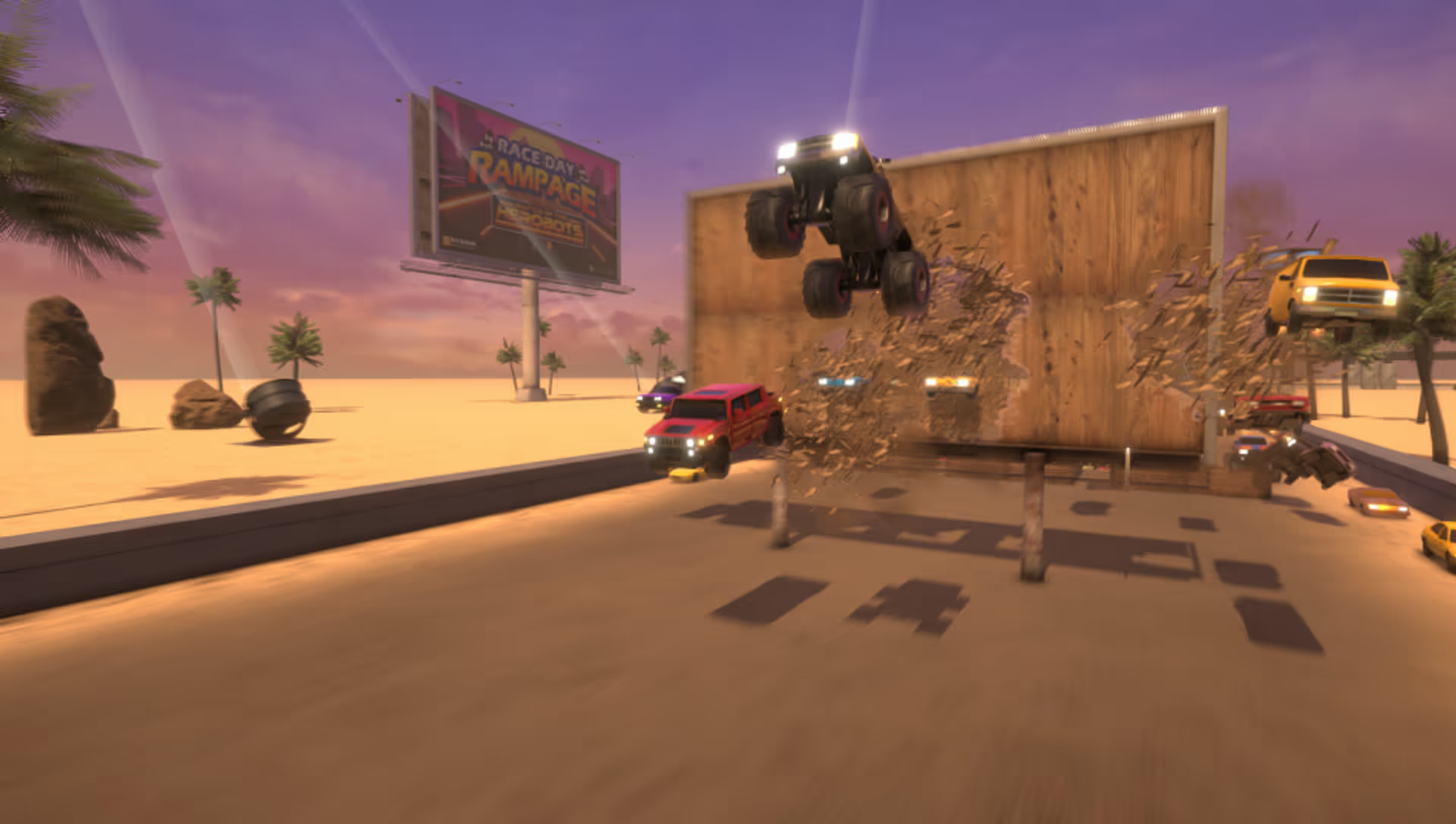

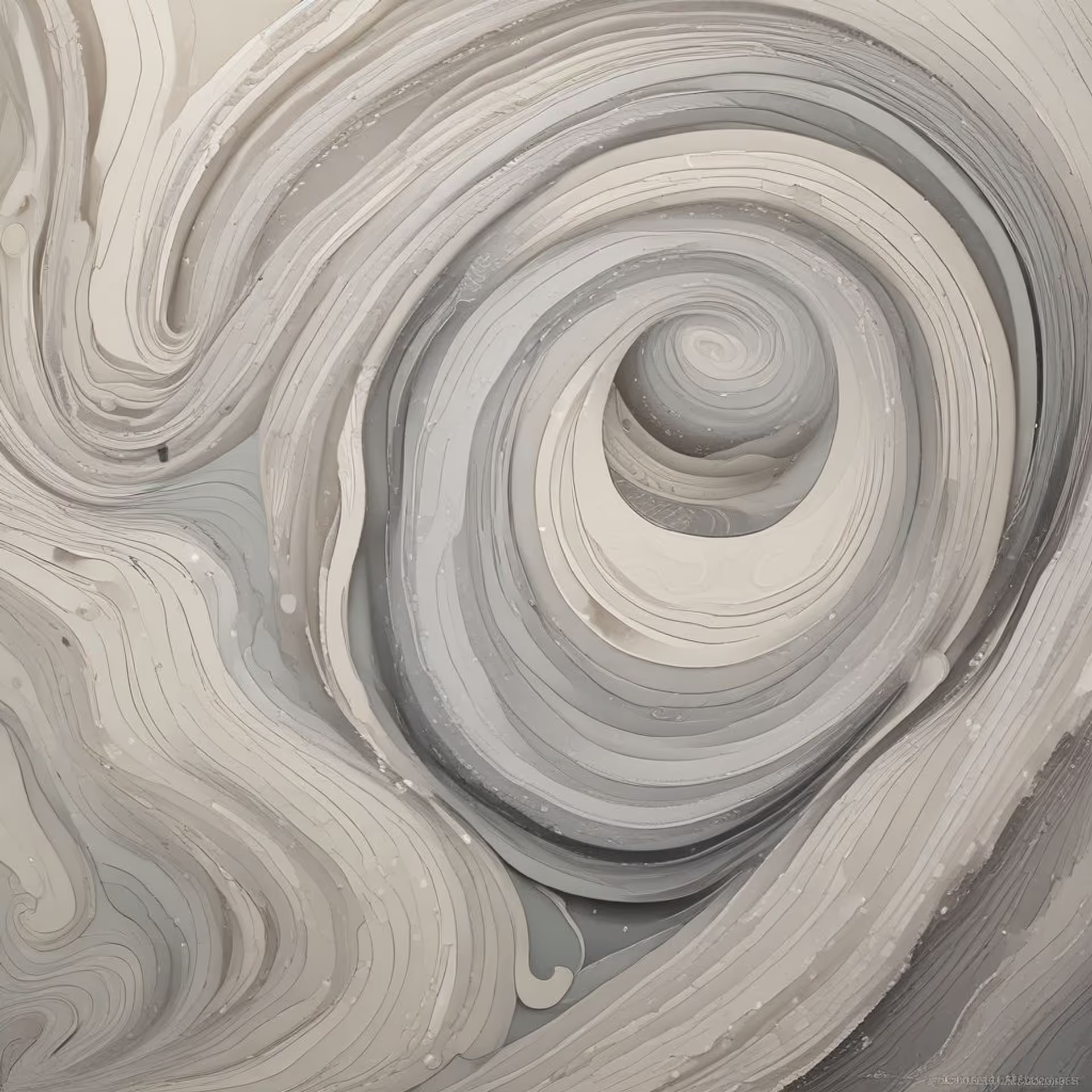
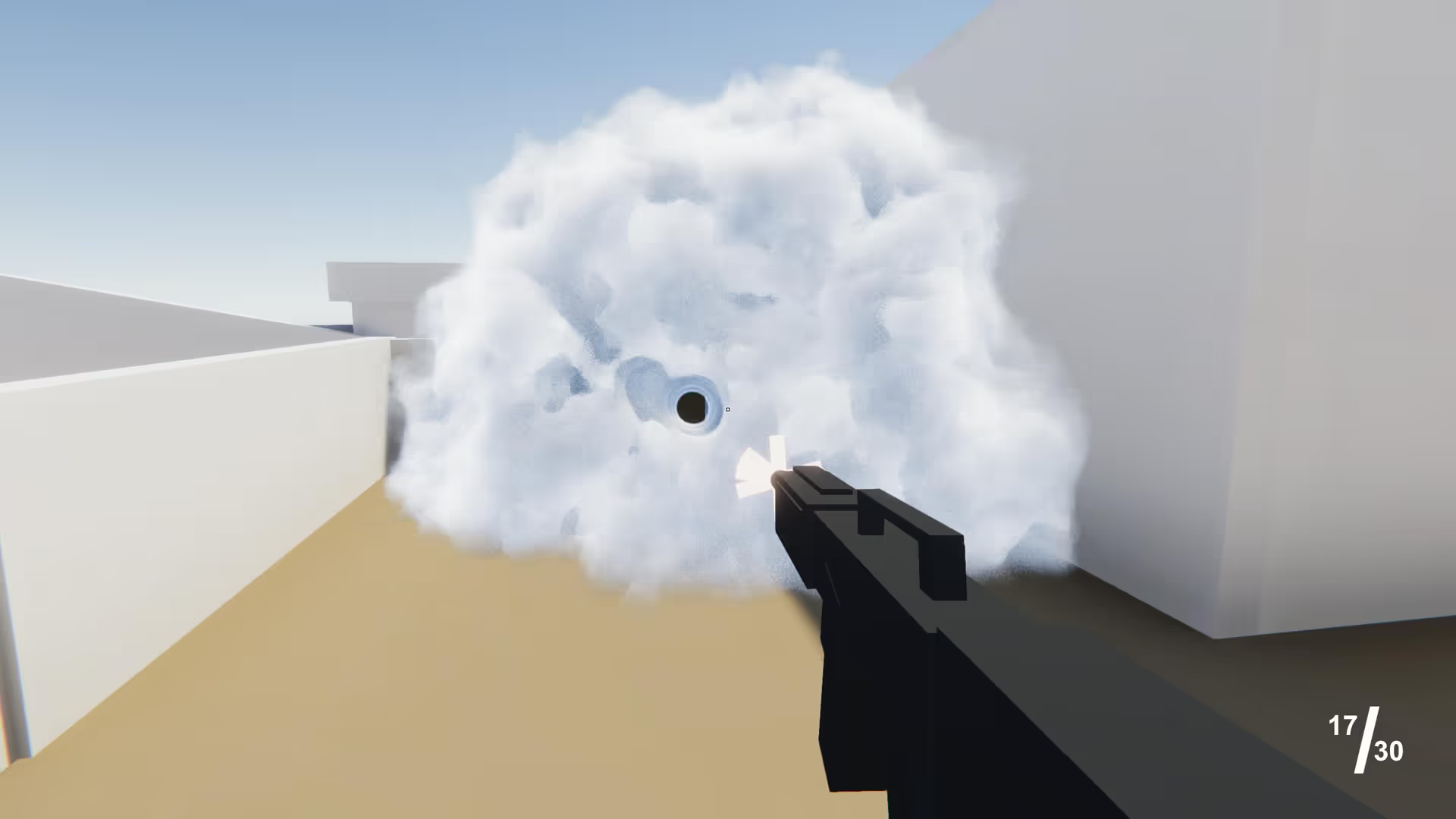
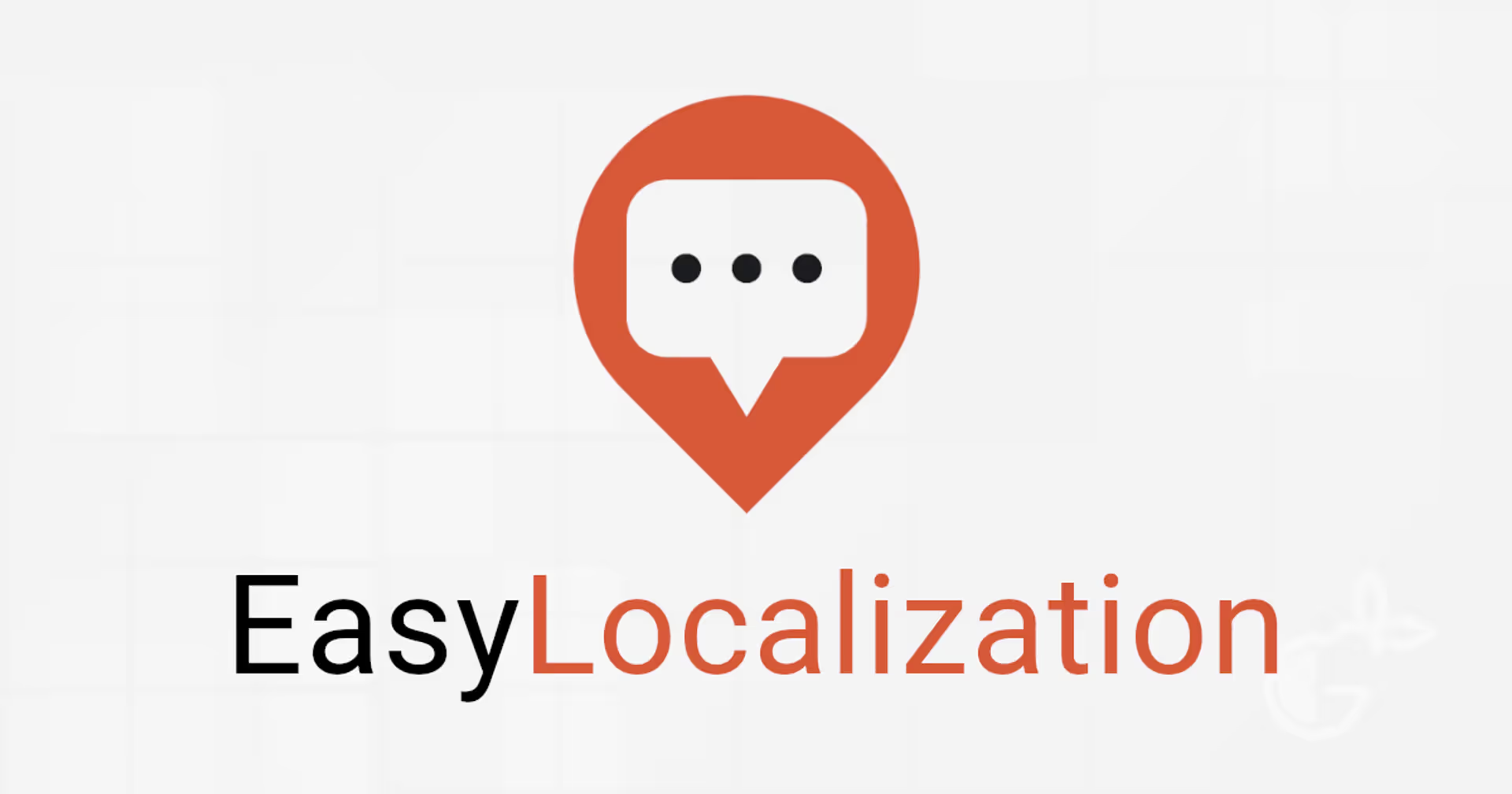
.avif)
